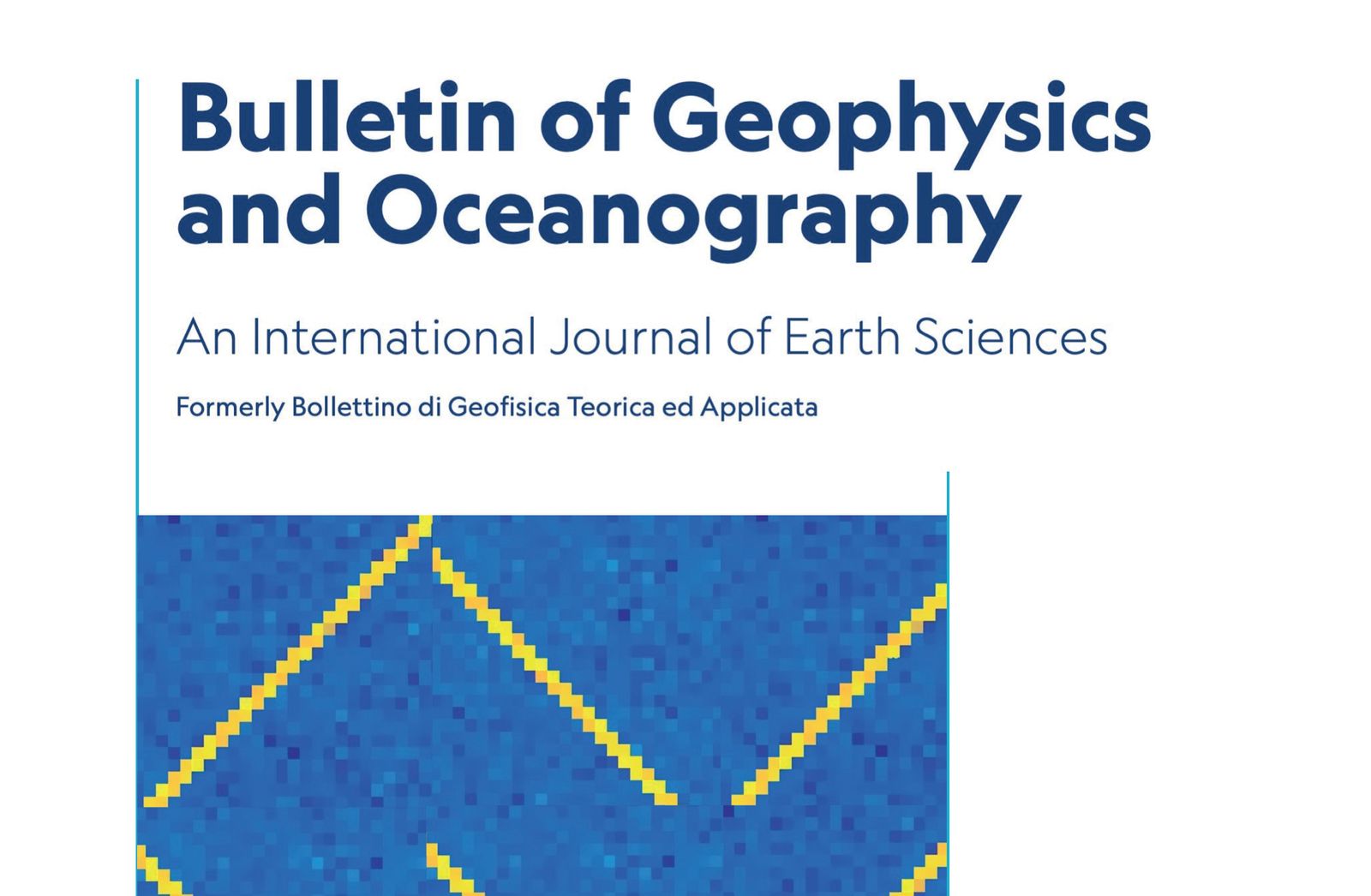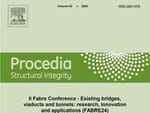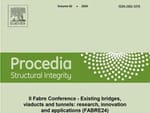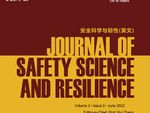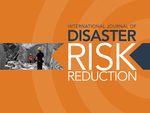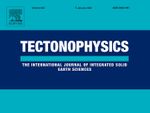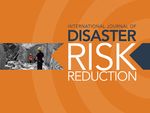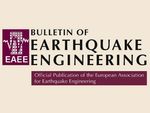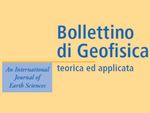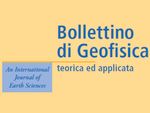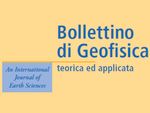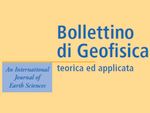Journal
Bulletin of Geophysics and Oceanography
Authors
S. Grimaz, P. Malisan and A. Pividori
URL
https://bgo.ogs.it/sites/default/files/pdf/bgo00400_Grimaz.pdf
DOI
Abstract
One of the main strategies of disaster risk reduction policies in seismic-prone areas is to assess a building’s susceptibility to critical structural behaviour, which could induce and aggravate seismic damage. Subsequently, it is important to implement structural upgrading interventions to remove or reduce such critical issues. For existing buildings, this strategy is a core aspect of vulnerability assessment methods, and it is usually inferred by analysing specific features of site and building conditions. Both vulnerability assessments and structural upgrading interventions would benefit from a rapid check aimed at verifying, through on-site measurements, if the presumed structural behaviour (before and/or after the interventions) corresponds to the actual situation. This paper presents an integrated methodology, conceived to account for the above-mentioned issues, based on the acquisition and interpretation of ambient vibrations. The paper illustrates the use of the proposed methodology in different applications, first, for a preliminary characterisation of the situations, then, as a support in the assessment and definition of actions to reduce the structural vulnerability, and finally, for a-posteriori effectiveness control of the upgrading interventions being implemented. To conclude, the paper provides some considerations on the strengths and limitations concerning the use of the methodology for seismic risk reduction purposes.

